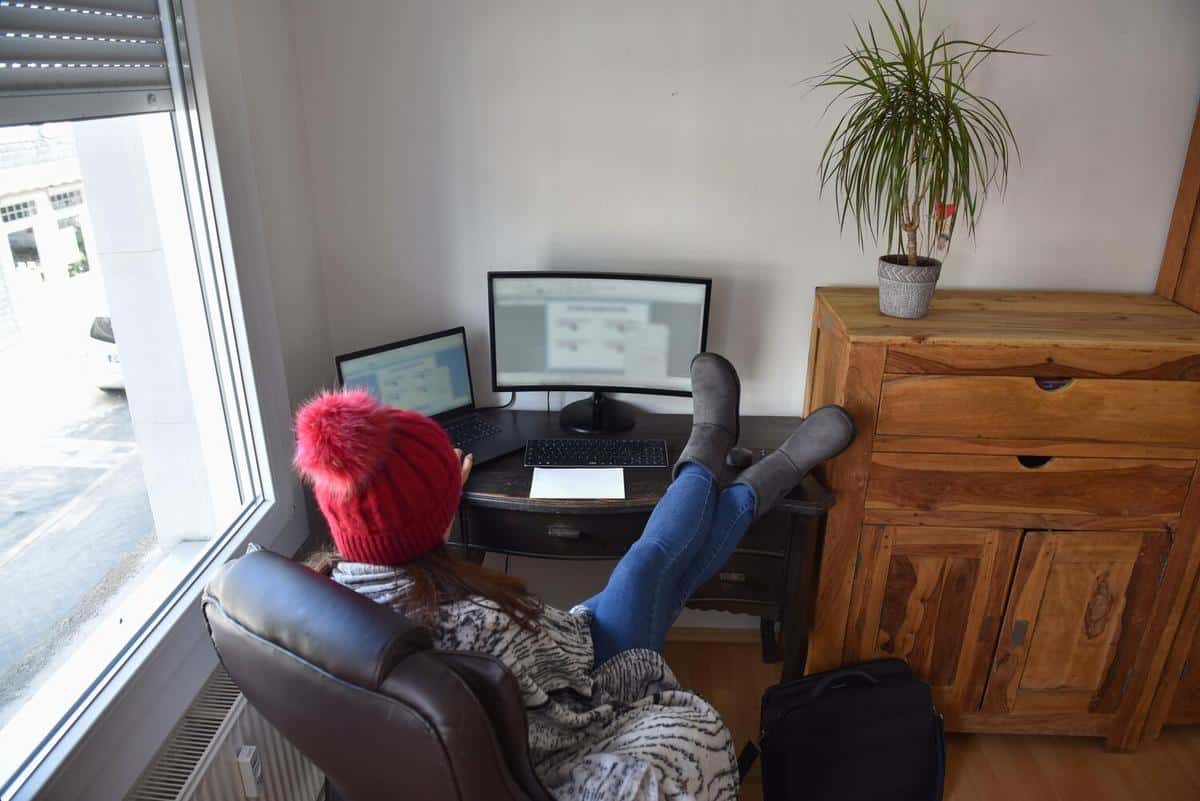
Time Management Hacks for Remote Professionals
Remote work offers flexibility and freedom, but it also presents unique challenges, especially when it comes to managing time effectively. As remote professionals navigate their daily tasks, finding a balance between personal and professional life can be daunting.
Time management is crucial for remote professionals to maintain productivity while enjoying the perks of working from anywhere. Let’s explore some effective strategies that can help streamline your workday.
Understanding the Challenge
Remote work can blur the lines between home and office, leading to distractions and potential burnout. According to a study by Buffer, 22% of remote workers struggle to unplug after work, highlighting the importance of effective time management.
The Expert Perspective
“Creating a structured schedule is key to staying productive,” says Laura Vanderkam, a renowned time management expert. “It’s about setting boundaries and knowing when to focus on work and when to step back.”
Strategies for Success
1. Set Clear Goals
Start by defining your daily and weekly goals. Use tools like Trello or Asana to keep track of tasks and deadlines. Having a clear vision of what needs to be accomplished can significantly enhance focus.
2. Embrace Time Blocking
Time blocking involves dedicating specific hours to different tasks. This method helps in minimizing multitasking and ensures that you allocate enough time for each activity.
3. Prioritize Tasks
Use the Eisenhower Box to differentiate between urgent and important tasks, allowing you to focus on what truly matters.
4. Limit Distractions
Set boundaries with family members or roommates and use apps like Freedom to block distracting websites during work hours.
Tools and Resources
| Tool | Purpose |
|---|---|
| Slack | Communication |
| Zoom | Video Conferencing |
| Trello | Task Management |
| Asana | Project Management |
| Freedom | Website Blocker |
| Google Calendar | Scheduling |
| Evernote | Note Taking |
| RescueTime | Time Tracking |
Frequently Asked Questions
How can I stay motivated while working remotely?
Set clear goals, take regular breaks, and reward yourself for meeting milestones.
What if I have too many distractions at home?
Create a designated workspace and communicate boundaries with those around you.
How do I avoid burnout?
Ensure you have a healthy work-life balance by setting strict work hours and taking time off when needed.
Conclusion
Mastering time management as a remote professional can greatly enhance your productivity and satisfaction. By implementing these strategies, you can create a more structured and efficient workday. Start small, be consistent, and adjust your techniques as needed. For more insights on remote work strategies, explore our other articles in this series.